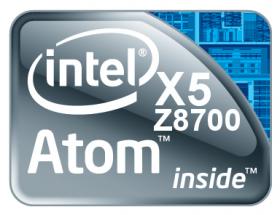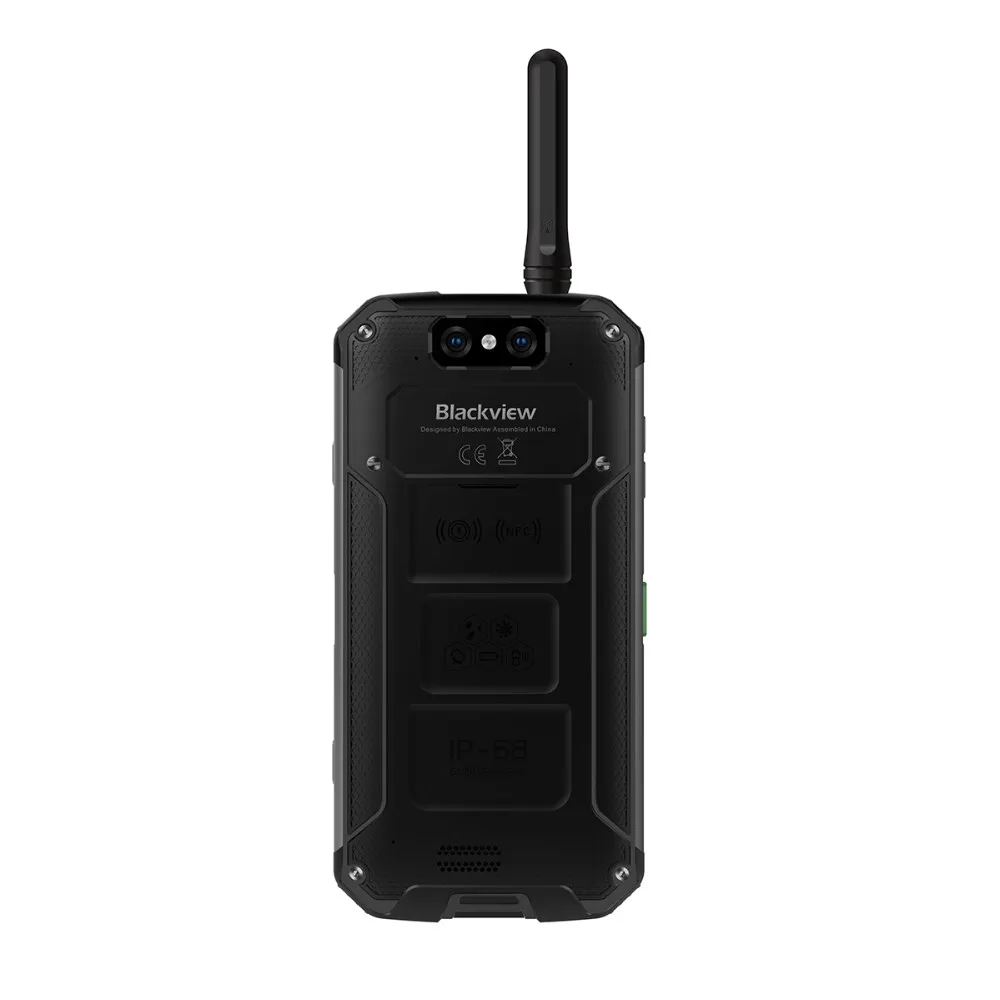Contents
- 1 twrp 3.2.3 For Mediatek MT6763 MT6763T Phone:

twrp 3.2.3 For Mediatek MT6763 MT6763T Phone:
- TECNO Camon X CA7 MTK MT6763T secure boot DA (Download-Agent) file, This file allows you to bypass the secure boot of the TECNO CA7 device and then you can flash your phone, Unlock Network or remove FRP lock. What is the DA (Download-Agent) file)?
- Dimensions: 76 x 156.5 x 7.5 mm Weight: 152 g SoC: MediaTek Helio P23 (MT6763T) CPU: 4x 2.3 GHz ARM Cortex-A53, 4x 1.65 GHz ARM Cortex-A53, Cores: 8 GPU: ARM Mali-G71 MP2, 770 MHz RAM: 3 GB, 1600 MHz Storage: 32 GB Display: 6 in, IPS, 1080 x 2160 pixels, 24 bit Battery: 3200 mAh, Li-Polymer OS: ColorOS 3.2 (Android 7.1.1 Nougat) Camera: 4160 x 3120 pixels, 1920 x 1080.
- MediaTek Helio P23 MT6763T Processor: Octa-core, 2300 MHz, ARM Cortex-A53, 64-bit, 16 nm GPU: Mali-G71 MP2 RAM: 6GB LPDDR4 Internal storage: 64GB.
Download twrp 3.2.3 Recovery For Mediatek MT6763 MT6763T Devices With Suitable Android OS. Here we Share twrp 3.2.3 for android 8.0 and android 8.1 Devices With Mediatek MT6763 MT6763T SoC. This is a Port Recovery which Can be used to Port twrp For Same Mediatek Devices. You Can also try This Recovery on Your Mediatek MT6763 MT6763T SoC based devices Without Port it bootable on Many Mediatek Devices but Many Functions Like touch and Mount issue May Present.
Note:
- Rooting May Void Your Device Warranty.So Make a Backup of Your Data and ROM.
- Make Sure your Phone at-least 50% Charge to Prevent accidental Shut Down During The Rooting process.
Download:
How to Install twrp Recovery:
- First of all We Need to Setup Platform tools So Download From above and extract the zip File.
- Now Download and Extract recovery.img [Must rename recovery.img] file Inside the adb tools Folder.
- Switch off Phone and together Press Volume Down and Power button it Will boot it in fastboot Mod.
- Then Connect Phone to PC using the usb cable.
- Now open CMD in the Platform Folder and type below Code.
Check Device by Sending below Command:
unlock bootloader by Sending below Command:
flash Recovery by Sending below Command:

The Oppo A79 is the right candidate for the best OPPO 4GB RAM Mobile Phones. It has a MediaTek Helio P23 (MT6763T) and 4 GB of RAM. Combined together, you get a potent performance from the Oppo A79. You also get 64 GB for your files and multimedia content. As for the camera you get 16 MP camera setup on the rear and a 16 MP on the front. It is powered by Mediatek MT6763T Helio P23 processor coupled with 4/6GB of RAM. The phone packs 32/64GB internal memory with an expandable storage support of 256GB via microSD card. The camera on the Oppo F5 comes with 16MP rear camera with LED dual-tone flash and 20MP front camera for selfies.
Performance
The Oppo F5 is the first phone to come through the office, equipped with MediaTek's new MT6763T Helio P23 chipset. Back in the communication section of the review, we established the main goal with the P23 was to provide advanced network features for a mass market, rather than any meaningful performance bump over the older Helio P20.
Since both chips are based on the same 16nm manufacturing process and use a total of eight Cortex-A53 cores (4 @ 2.3GHz and 4 @ 1.6GHz), this should definitely be true for CPU performance. We are sure that most if not all synthetic tests would gladly back us up on this claim, but the Oppo F5 refused to run GeekBench at all.
However, in the meantime, we do have Basemark OS for a pure CPU performance assessment. We opted for the older BaseMark OS II version, since the newer one seems to have some issues with the new Helio P23 chipset for some reason.
Basemark OS II
Higher is better
- Oppo F3 Plus
2349 - Xiaomi Mi A1
1392 - vivo V7+
1367 - Sony Xperia XA1
1367 - Xiaomi Redmi Note 4 (S625)
1290 - Oppo F5
1286 - Xiaomi Mi Max 2
1235 - Samsung Galaxy J7 Pro
1172 - Oppo F3
1018 - Nokia 6 (Global version)
978
We can clearly see the P23 performs on par with the P20, as represented by the Sony Xperia XA1. We can also see that MediaTek's new solution is thus also on par with the Snapdragon 625 in pure number-crunching power. Battery efficiency is a whole other story, though. The new Snapdragon 450, as seen in the Vivo V7+ also appears to be in the same ballpark.
Moving on to a more compound benchmark, like AnTuTu, we can clearly see the Oppo F5 holding its ground well. Ours is the 4GB RAM, plus 32GB storage version and judging by the results, both modules seem to be nice and snappy.
AnTuTu 6
Higher is better
- Oppo F3 Plus
91458 - Xiaomi Redmi Note 4 (Helio X20)
85162 - Xiaomi Mi Max
74488 - Moto G5S Plus
64554 - Oppo F5
63889 - Xiaomi Mi A1
61762 - Xiaomi Redmi Note 4 (S625)
61616 - Sony Xperia XA1
60707 - Huawei Mate 10 Lite / Honor 9i
58068 - Samsung Galaxy J7 Max
57996 - Xiaomi Mi Max 2
57902 - vivo V7+
57791 - Oppo F3
53008 - Samsung Galaxy J7 Pro
47920 - Nokia 6 (Global version)
47495 - LG Q6
37276
GPU performance on the Oppo F5 provides a more interesting case study. Unlike the Helio P20, with its Mali-T880 MP2 @ 900 MHz GPU, the new Helio P23 packs a Mali-G71MP2 @ 770 MHz. On a pure hardware level, it is a more powerful chip, even at the slower clock rate.
GFX 3.0 Manhattan (1080p offscreen)
Higher is better
- Oppo F3 Plus
17 - Xiaomi Redmi Note 4 (Helio X20)
15 - Xiaomi Mi Max
15 - Oppo F5
11 - Xiaomi Redmi Note 4 (S625)
9.9 - Xiaomi Mi Max 2
9.9 - Xiaomi Mi A1
9.8 - Moto G5S Plus
9.8 - Sony Xperia XA1
9.6 - vivo V7+
9.3 - Samsung Galaxy J7 Max
9 - Nokia 6 (Global version)
7.1 - Oppo F3
6.8 - Huawei Mate 10 Lite / Honor 9i
6.5 - LG Q6
5.8 - Samsung Galaxy J7 Pro
5.1
GFX 3.0 Manhattan (onscreen)
Higher is better

- Sony Xperia XA1
19 - Oppo F3 Plus
17 - vivo V7+
17 - Xiaomi Redmi Note 4 (Helio X20)
15 - Xiaomi Mi Max
15 - Oppo F5
11 - Moto G5S Plus
10 - Xiaomi Mi Max 2
9.9 - Xiaomi Mi A1
9.7 - Xiaomi Redmi Note 4 (S625)
9.7 - Samsung Galaxy J7 Max
8.9 - Nokia 6 (Global version)
7 - Oppo F3
6.8 - Huawei Mate 10 Lite / Honor 9i
6.1 - LG Q6
5.3 - Samsung Galaxy J7 Pro
5.1
Naturally, the Oppo F3 performs better in off-screen rendering than the Sony Xperia XA1 or the Samsung Galaxy J7 Max, with their P20 chips. However, the real question here is how well that translates to on-screen performance gains, since the Oppo F5 has more pixels than a typical 16:9, FullHD phone to push data to - 1080 x 2160, to be precise.
GFX 3.1 Manhattan (1080p offscreen)
Higher is better
- Oppo F3 Plus
10 - Xiaomi Redmi Note 4 (Helio X20)
9.5 - Xiaomi Mi Max
9.4 - Oppo F5
7.1 - Xiaomi Mi A1
6.4 - Xiaomi Mi Max 2
6.4 - Moto G5S Plus
6.4 - Xiaomi Redmi Note 4 (S625)
6.2 - Sony Xperia XA1
6.2 - vivo V7+
6.1 - Samsung Galaxy J7 Max
5.8 - Nokia 6 (Global version)
4.6 - Oppo F3
4.5 - Huawei Mate 10 Lite / Honor 9i
3.8 - LG Q6
3.8 - Samsung Galaxy J7 Pro
3.3
GFX 3.1 Manhattan (onscreen)
Higher is better
- Sony Xperia XA1
15 - vivo V7+
13 - Oppo F3 Plus
11 - Xiaomi Redmi Note 4 (Helio X20)
9.4 - Xiaomi Mi Max
9.4 - Oppo F5
6.8 - Moto G5S Plus
6.8 - Xiaomi Mi Max 2
6.4 - Xiaomi Mi A1
6.3 - Xiaomi Redmi Note 4 (S625)
6.2 - Samsung Galaxy J7 Max
6.2 - Oppo F3
4.5 - Nokia 6 (Global version)
4.5 - Huawei Mate 10 Lite / Honor 9i
3.6 - LG Q6
3.5 - Samsung Galaxy J7 Pro
3.3
This effectively shrinks the difference between the two mentioned P20 phones and the Oppo F5 in most on-screen scenarios. This is especially true with more intensive graphic loads.
GFX 3.1 Car scene (1080p offscreen)
Higher is better

- Oppo F3 Plus
6 - Xiaomi Mi Max
5.5 - Xiaomi Redmi Note 4 (Helio X20)
5.4 - Oppo F5
4.2 - Samsung Galaxy J7 Max
4 - Sony Xperia XA1
3.7 - Xiaomi Mi A1
3.5 - Xiaomi Mi Max 2
3.5 - Xiaomi Redmi Note 4 (S625)
3.4 - Moto G5S Plus
3.4 - vivo V7+
3.3 - Huawei Mate 10 Lite / Honor 9i
2.6 - Nokia 6 (Global version)
2.5 - Oppo F3
2.4 - LG Q6
2.1 - Samsung Galaxy J7 Pro
1.9
GFX 3.1 Car scene (onscreen)
Higher is better
- Sony Xperia XA1
7.9 - vivo V7+
6.6 - Oppo F3 Plus
6 - Xiaomi Redmi Note 4 (Helio X20)
5.4 - Xiaomi Mi Max
5.4 - Oppo F5
4 - Samsung Galaxy J7 Max
4 - Moto G5S Plus
3.8 - Xiaomi Mi A1
3.5 - Xiaomi Mi Max 2
3.5 - Xiaomi Redmi Note 4 (S625)
3.4 - Nokia 6 (Global version)
2.5 - Oppo F3
2.4 - Huawei Mate 10 Lite / Honor 9i
2.4 - LG Q6
1.9 - Samsung Galaxy J7 Pro
1.9
Mt6763t Scatter File
It is also worth noting that Oppo has included an option to handle 18:9 aspect ratio on unoptimized apps as well. You can go in the settings and choose which apps get forced into the new aspect. Or rather, which get left alone, since 'ON' is the default state.
Some apps can misbehave significantly when forced to 18:9, or their performance can drop. It is worth to keep that in mind.
Basemark X

Higher is better
Mt6763t Helio P23
- Oppo F3 Plus
16695 - Xiaomi Mi Max
15487 - Xiaomi Redmi Note 4 (Helio X20)
13666 - Moto G5S Plus
10488 - Xiaomi Mi Max 2
10482 - Xiaomi Mi A1
10472 - Xiaomi Redmi Note 4 (S625)
10446 - vivo V7+
9955 - Sony Xperia XA1
9714 - Oppo F5
9205 - Samsung Galaxy J7 Max
9034 - Nokia 6 (Global version)
7516 - Huawei Mate 10 Lite / Honor 9i
7004 - LG Q6
6179 - Oppo F3
6148 - Samsung Galaxy J7 Pro
5497
Basemark X provides a more conservative approximation for any potential Mali-G71MP2 graphics gains on the F5. While Basemark ES 3.1 is a bit more liberal in its evaluation.
Basemark ES 3.1 / Metal
Higher is better
- Xiaomi Redmi Note 4 (Helio X20)
287 - Oppo F3 Plus
261 - Oppo F5
251 - Xiaomi Mi Max
238 - Sony Xperia XA1
191 - Samsung Galaxy J7 Max
187 - Xiaomi Mi Max 2
138 - Moto G5S Plus
137 - Xiaomi Mi A1
136 - vivo V7+
131 - Huawei Mate 10 Lite / Honor 9i
119 - Nokia 6 (Global version)
100 - Samsung Galaxy J7 Pro
93 - LG Q6
82
All things considered, the Oppo F5 and its shiny new Helio P23 chipset have more than enough power to chew through average daily tasks without even breaking a sweat. The ColorOS UI runs smooth and there are no noticeable hiccups in gaming performance either.
Just like all recent ultra-wide devices on the market, though, you do have to be mindful of app behaviour and adjust the aspect settings accordingly.

